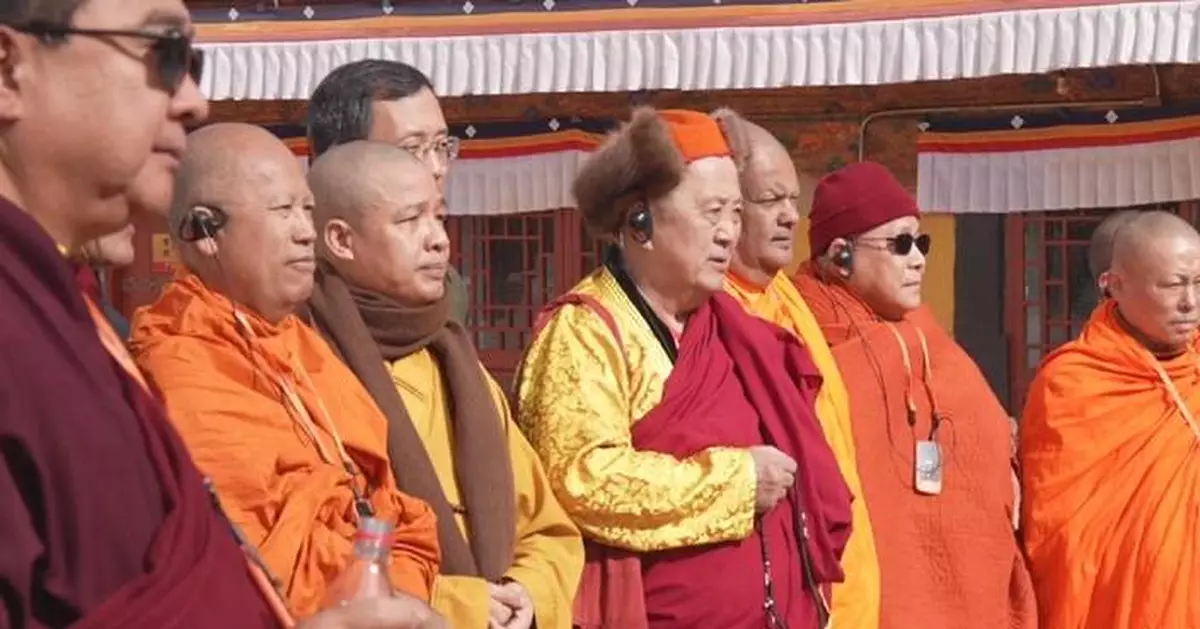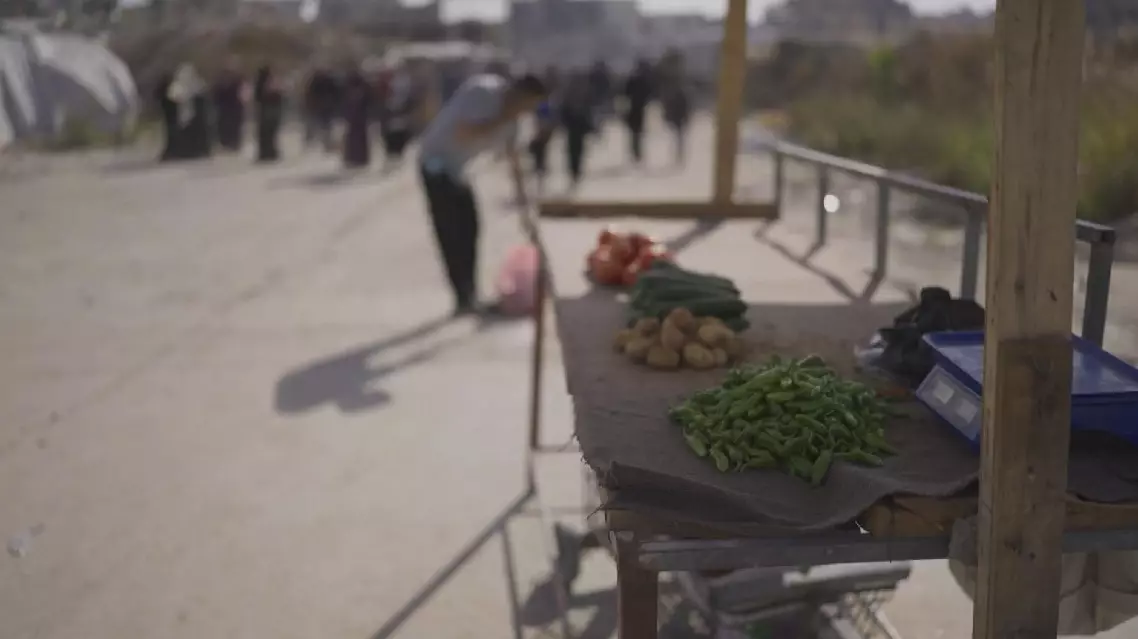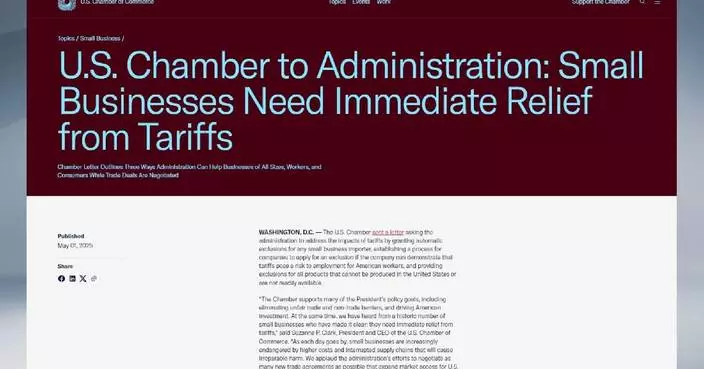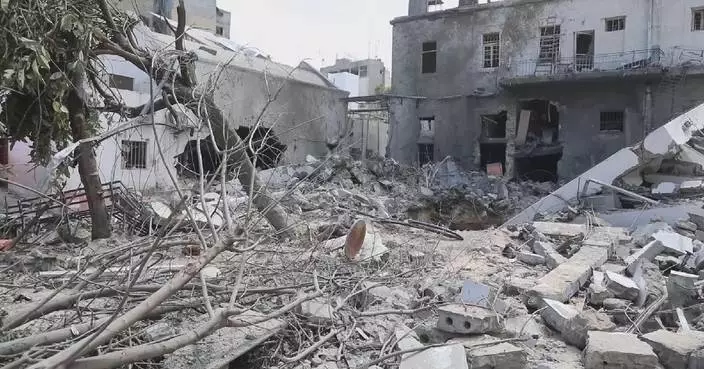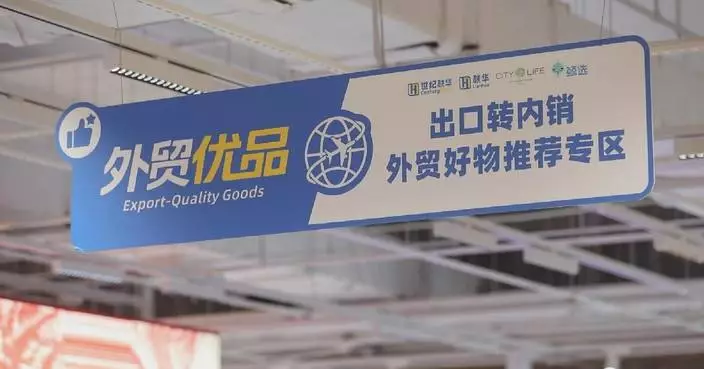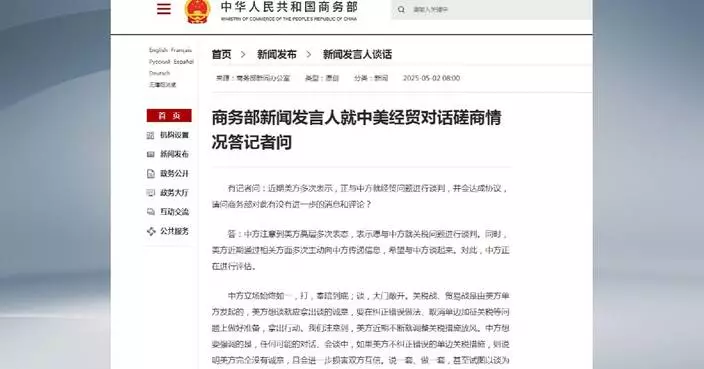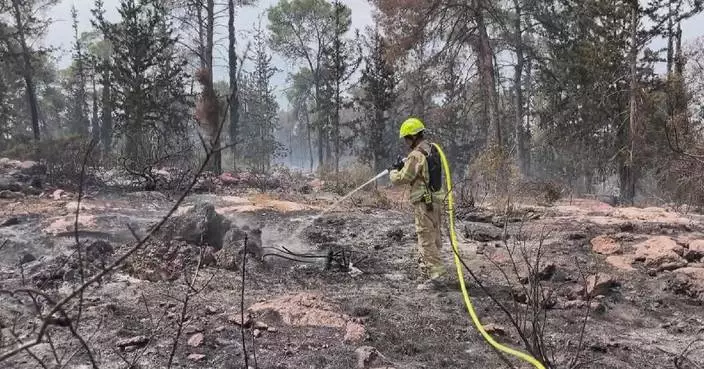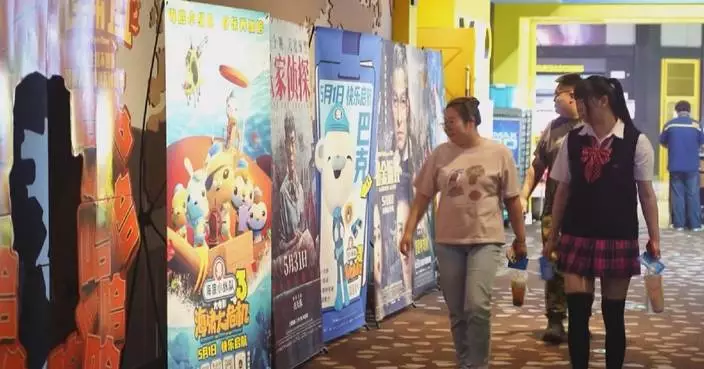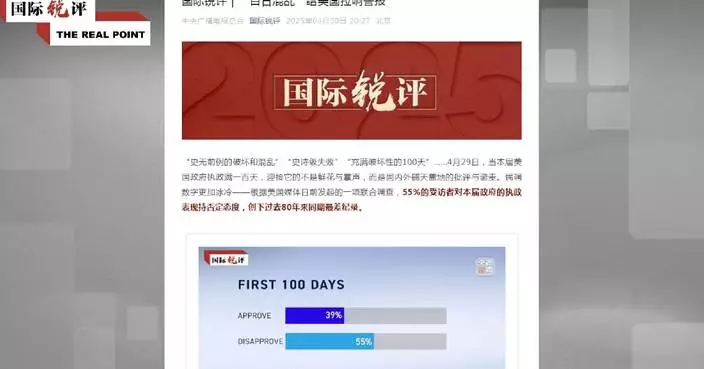Religious leaders from 12 countries, including Thailand, Cambodia, Mongolia, and Sri Lanka, recently gathered in China to explore Tibetan Buddhism's unique Living Buddha reincarnation system.
They examined artifacts and engaged with Chinese Tibetology experts on Tibetan medicine, education, and reincarnation traditions.
In response to Cambodian religious leaders' questions about how reincarnated soul boys are identified, Li Decheng, director-general of the China Tibetology Research Center, discussed the living Buddha reincarnation tradition in Tibetan Buddhism with foreign guests.
"Finding the true reincarnation of a living Buddha is a complex religious process. Once a soul boy is identified, it's not the central government that determines his status. Instead, the recognition comes from wide acceptance within the religious community or through religious rituals and historical traditions. Whoever is identified through these processes is the reincarnated soul boy. The central government exercises the power of approval. In other words, religious groups use their own religious rituals to search for reincarnated living Buddhas, and the central government does not interfere. The government's role is to exercise legal management authority and approval authority over this process," he said.
Li explained that the Living Buddha reincarnation system was established in the 13th century to maintain monastery unity, but corruption later emerged. To ensure legitimacy, methods like Zamba divination were used to identify reincarnated boys. He then discussed Emperor Qianlong's (1711-1799) solution to the issue.
He then introduced the "drawing lots from the Golden Urn" system, a method implemented to eliminate selection chaos and corruption, ensuring a fair and reliable process for identifying reincarnated Living Buddhas.
"They said this is the people's selection, [choice] and they choose the Lama boy that they considered to be moral to be, highly respected," said Vibol Penh, a member of the Secretariat of Supreme Sangha Council of Cambodia, who was among the delegation of religious leaders.
The monks highlighted a common wish to have more translations of Tibetan Buddhism knowledge into the languages of Buddhist countries.
They commended the unique traditions of Tibetan Buddhism’s reincarnation system, including the "drawing lots from the Golden Urn" method, and expressed hope that more of its rich cultural heritage, from history to Tibetan language and medicine, would be translated, enabling wider exploration and connection.
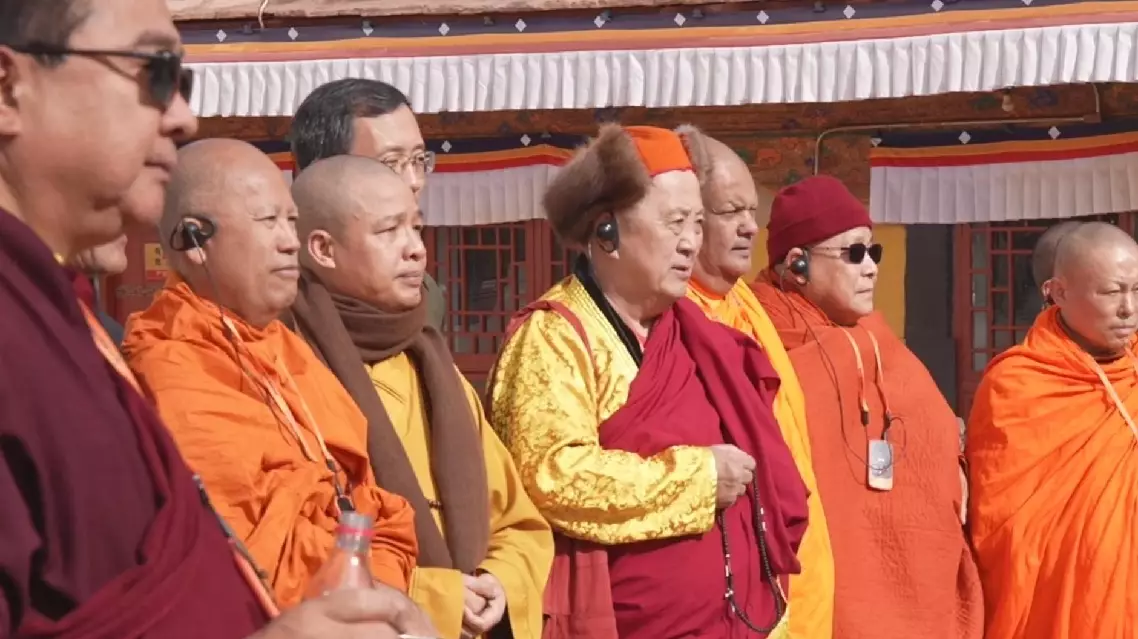
Global religious leaders examine living Buddha reincarnation system in Beijing


